Dunnottar castle is a ruined medieval fortress which looks across the north-east coast of Scotland, south of Stonehaven, and holds many rich secrets of Scotland’s past.
The very name “dun” is Pictish for fort, and it is believed that St. Ninian came to Dunnottar in the late 5th century and chose the fortress site for one of his churches. His mission was to convert the Picts to Christianity.
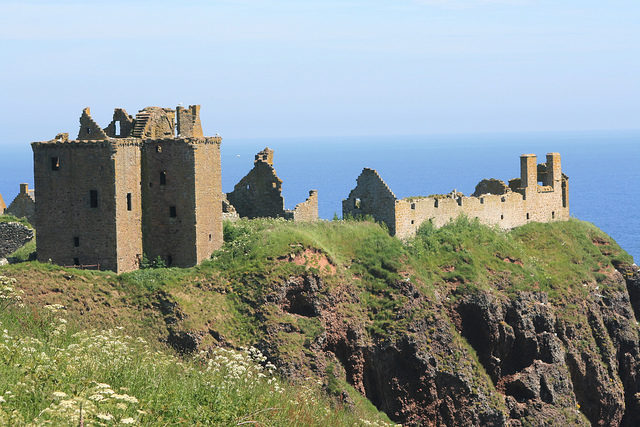
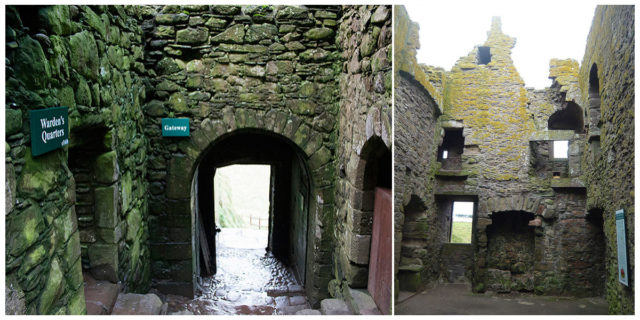
Dunnottar is also the location of a battle between King Donald II and the Vikings in the 9th century. After he was defeated, the Vikings invaded and destroyed the castle.
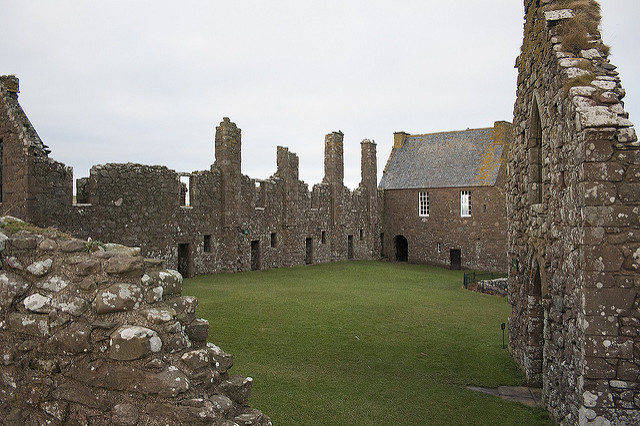
During the reign of King William the Lion, Dunnottar was used as an administrative center. In May 1276, a church on the site was consecrated by William Wishart, Bishop of St Andrews. The poet Blind Harry relates that the Scottish knight William Wallace captured Dunnottar from the English in 1297, during the Wars of Scottish Independence.
He is said to have imprisoned 4,000 defeated English soldiers in the church and burned them alive. Blind Harry from wrote a poem of the struggle for the rock, called ‘Wallace’, and it was the inspiration for the movie Braveheart, starring Mel Gibson.
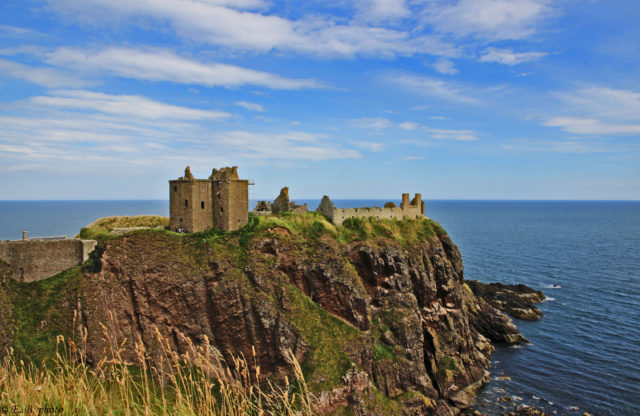
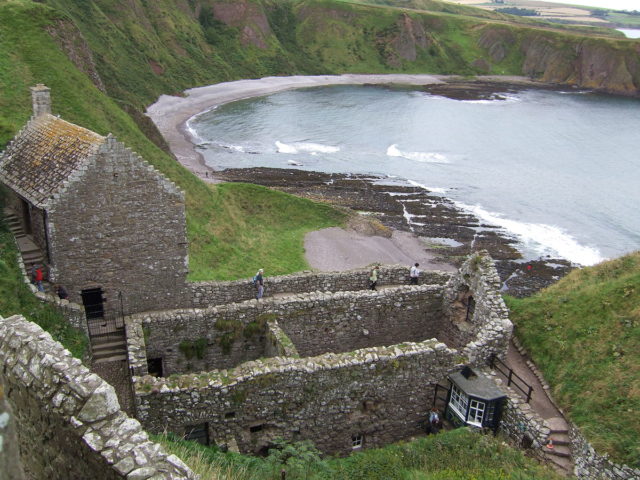
Through the 16th century, Dunnottar was controlled by the Clan Keith and a number of the members of the Keith family lived out significant episodes of their lives here. William Keith completed the construction of the tower house at the fortress; Lady Agnes Keith was born here in about 1540, and George Keith, 5th Earl Marischal died at Dunnottar in 1623.
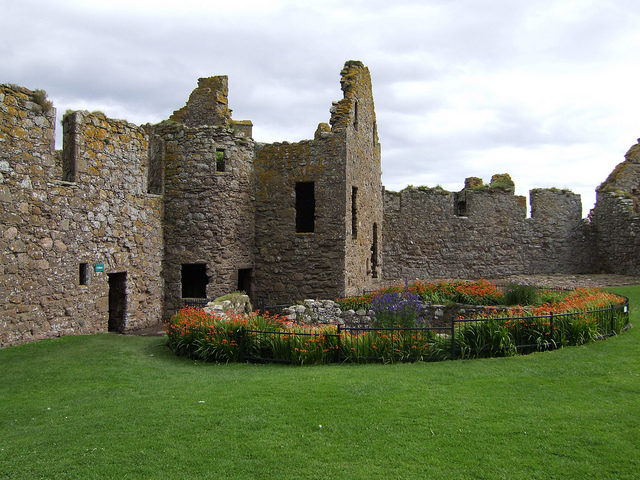
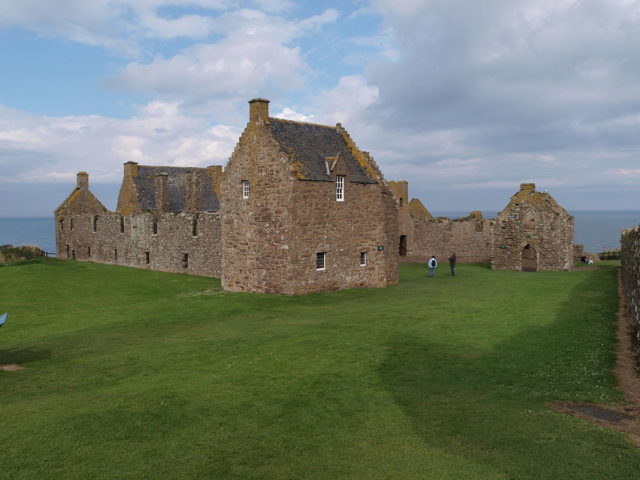
In 1715, the tenth Earl Marischal backed the losing side in the Jacobite uprising and was condemned for treason, he was executed for his part and then the castle’s active history came to a close; the castle was confiscated by the government.
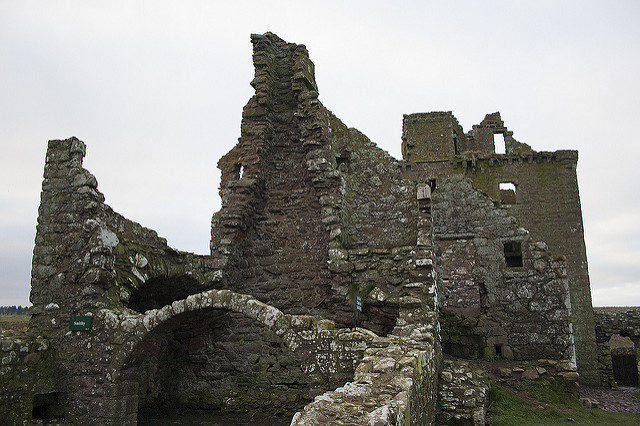
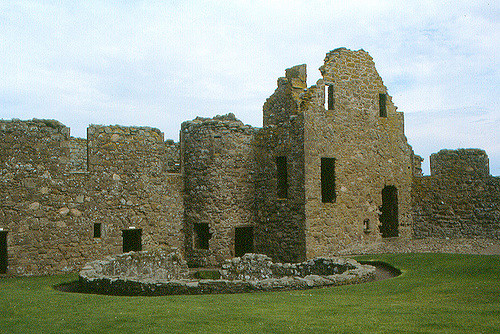
Today visitors can visit a range of buildings, including what remains of the chapel and Earl’s hall, stables, smithy, storehouse, barracks, and the early stone keep, or tower house.
